#Will Burrard-Lucas
Explore tagged Tumblr posts
Photo

Photographer Helps Build Waterhole to Capture Incredible Photos of African Wildlife Using Camera Traps - Kenya’s Shompole Wilderness Camp
Hyena
Photographer: Will Burrard-Lucas
#will burrard-lucas#photographer#hyena#animal#mammal#wildlife#nature#waterhole#camera traps#african wildlife#kenya#shompole wilderness camp#canine
201 notes
·
View notes
Text
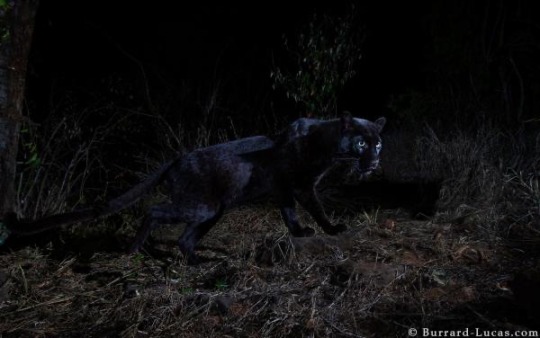
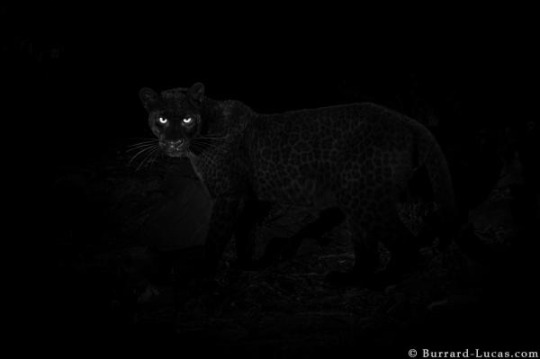
𝚃𝚑𝚡 𝚖𝚢 𝙻 𝚘 𝚟 𝚎 @len0r 🖤 #roar 🐆
The Black Panther is alive. Wildlife photographer Will Burrard-Lucas has filmed and photographed a rare black leopard in Kenya for the first time in around 100 years. Source: WORLD 🇰🇪
#travelingwithoutmoving 🧭
#naturephotography #naturelovers #naturelover #natureshots #naturegeography #naturephotographer #nature_perfection #naturephoto #natureaddict #naturegram #nature_brilliance #natureonly #naturephotos #naturelove #naturepic #naturehippys_ #naturepics #naturebeauty #natureperfection #natureshooters #naturelife #naturephotograpy #nature_of_our_world #natureporn #natureseekers #nature_lovers #natureinfocus
Soundtrack: Black Noir Schwarz - Original Mix by Psychemagik, Renegade 🐆🖤.🎧
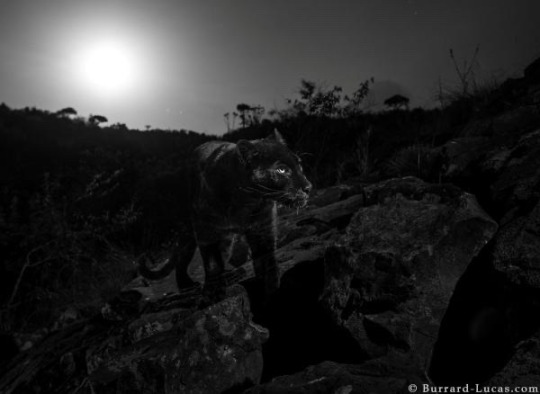
#🖤#wildlife#photo journalism#science#rare animals#big cats#4/2023#fauna#Panther#leopard#Kenia#black panther#black leopard#Leoparden#Will Burrard-Lucas#Will Burrard Lucas#traveling#travelingwithoutmoving#photographer#black#Noir#schwarz#x-heesy#fucking favorite#now playing#music and art#african#africa#🇰🇪#mother africa
39 notes
·
View notes
Text
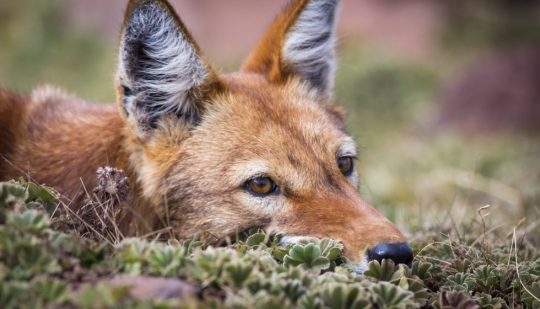
17 notes
·
View notes
Text

Kidepo Valley, Uganda
Burrard Lucas Wildlife Photography
216 notes
·
View notes
Text
Hyaena hyaena
Each of the four hyena species is in their own genus. This means that spotted hyenas, striped hyenas, brown hyenas, and aardwolves are not closely related and split from a common ancestor a super long time ago.
Striped and spotted hyenas split roughly 10 million years ago, which is around the same time that foxes split from wolves. So comparing a striped hyena to a spotted hyena is like comparing a red fox to a grey wolf-- both are in the same family, but they look and behave very differently because they diverged so long ago.
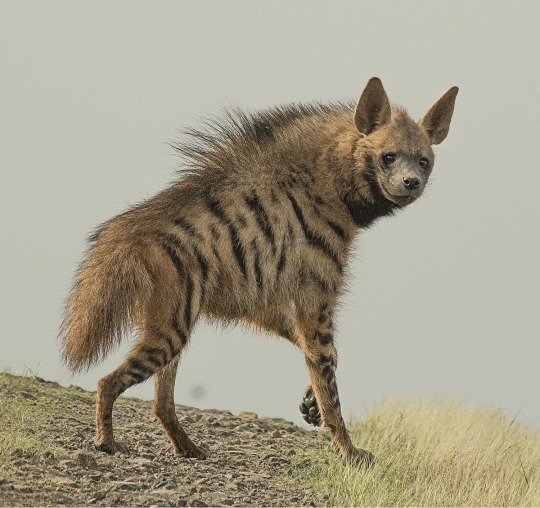
Striped and spotted hyena distributions overlap in East Africa, but the distribution of the striped hyena extends much further north, even into Central Asia. Striped hyenas in Asia are generally much larger than those in Africa, weighing from 50-90 pounds (22.7-40.8 kg).
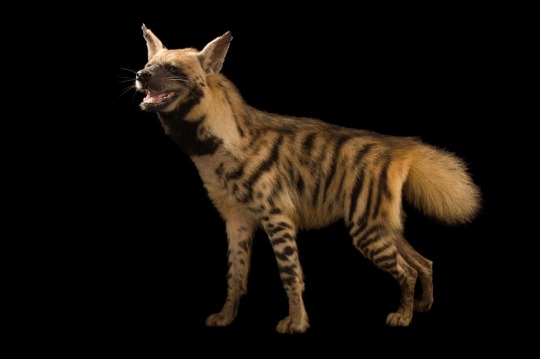
Unlike spotted hyenas that frequently hunt live prey like wildebeest and antelope, striped hyenas depend almost entirely on scavenging. This means they eat plants, garbage, and especially carrion, but they avoid live prey.
Most hyenas have front legs that are longer and much stronger than their hind legs, and their necks are also very long and strong. The reason for this probably lies behind their scavenging behavior— with much stronger, taller legs and necks, hyenas can carry larger pieces of carrion more easily without it dragging through dirt or mud.
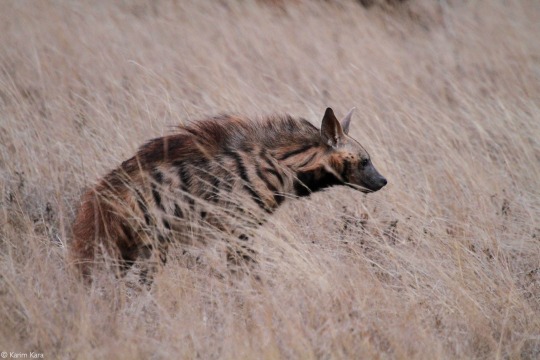
Although groups of up to 7 have been recorded, striped hyenas generally live alone or in pairs. This is very different from spotted hyenas, who live in clans that sometimes have over 100 individuals. Also unlike spotted hyenas, male striped hyenas actually help take care of their children.
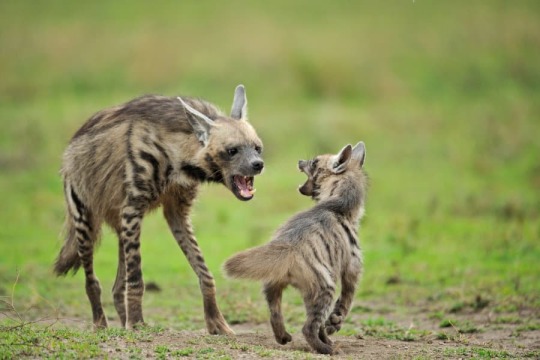
Striped hyenas mark their territories by producing strong-smelling, mushy stuff called "hyena butter" in their anal glands and smearing it on rocks, stumps, and other landmarks around their territory. You probably didn't want to know that, but now it's too late! Similar to a skunk, striped hyenas spray when they are attacked, as well as raising the mane-like hair on their neck and backs to appear much larger.
I rate striped hyenas 13/10. These things are something ELSE
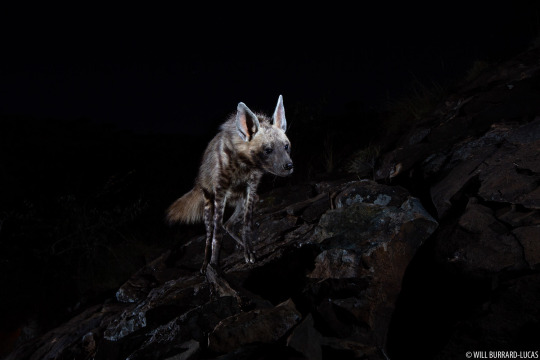
Photo credits:
(1) Rushikesh Deshmukh (2) Joel Sartore (3) Karim Kara (4) Africa Freak (5) Will Burrard-Lucas
#striped hyena dads are better than spotted hyena dads#hyena butter toast#hyena#hyaena#striped hyena#striped hyaena#animals#biology#nature#science#wildlife#zoology#animal#dogs#wild#weird animal#hyena butter
392 notes
·
View notes
Text

Close up of Palm leaves (Thrinax radiata)
Photo by Will Burrard-Lucas
#palm#palm leaf#palm leaves#thrinax radiata#thrinax#florida thatch palm#tropical palm#tropical trees#plants#botany#botanical#green#leaves#tropical#nature
97 notes
·
View notes
Text
Here’s some good news I just learned about one of my favorite animals: PANGOLINS!!!
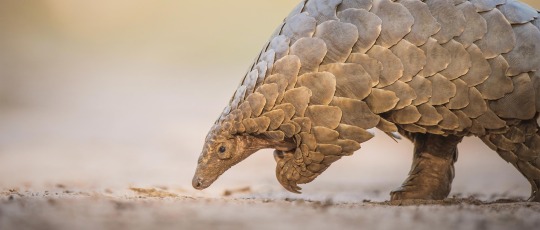
(Photo credit: African Wildlife Foundation)
The Giant Pangolin (Smutsia gigantea) is one of the four pangolin species found in Africa and as the name suggests it’s the largest of the eight (potentially nine) living pangolin species. Sadly, pangolin scales are a highly sought after item on the wildlife black market since they’re used in a variety of Asian folk medicines despite having no medicinal value since they’re literally made out of the same thing our hair and fingernails are made out of (keratin). Pangolin meat is also considered a delicacy in many places. Due to the massive decline in the populations of the Asian pangolin species, poachers have begun trafficking the African species and between this and habitat loss the Giant Pangolin went regionally extinct in Kenya in 1971.

(Photo credit: Mark Boyd)
But here’s where the good news comes in! In 2018 giant pangolins were once again being sighted in Kenya! However, since they are solitary creatures and mostly active at night it’s hard for conservationists to get an accurate estimate of how many pangolins might have returned to Kenya. Sadly, the pangolins aren’t out of the woods yet. A lot of forests and woodlands in Kenya are being turned into farmland and farmers in the region must use powerful electric fences to keep animals like elephants away from their crops and these can pose a threat to pangolins who just want to pass through while foraging for bugs. Many of these farmers are pangolin conservationists themselves but their livelihoods depend on them being able to grow and sell their crops in order to feed their families.

(A pangolin being measured and tagged by researchers at night. Photo credit: Will Burrard-Lucas/Pangolin Project)
So, the researchers, farmers, and conservationists who form Pangolin Project came up with a solution. In 2004 over 23 landowners, who represent around 60 households, each set aside a bit of land in order to form the Nyekweri Kimintet Forest Trust. The conservancy covers around 5,000 acres and in addition to providing habitat for pangolins, the Forest Trust also provides job opportunities for local youths and seeks to educate the community about pangolins and overall wildlife conservation.
This story just makes me really happy since I love pangolins and where I work we try to inspire the public (especially local farmers) to get involved in wildlife conservation and adopt more sustainable farming practices so it’s nice to see that happening all over the world. Also, I hope to one day cover the mysterious ninth species of pangolin as well as all the other species. However, right now I’m visiting my bf in Florida so expect some posts related to that.
#pangolin#pangolins#animal news#animals#animal lover#habitat loss#conservation#kenya#endangered species#africawildlife#giant pangolin#good news#sustainable farming
5 notes
·
View notes
Text

A handsome male lion, photographed at sunrise on a magical misty morning. Busanga Plains, Zambia 🇿🇲
📷@ Will Burrard-Lucas
3 notes
·
View notes
Text

Spotted Hyenas Are Smart, Social, and Ruled by Females
By Will Burrard-Lucas via bioGraphic
101 notes
·
View notes
Text

An Ethiopian wolf, for anyone who didn't know what they look like. Photo courtesy of Will Burrard-Lucas.
so was anybody gonna talk about the new ecology paper proposing Ethiopian wolves as potential pollinators of native nectar-rich flower inflorescences positioned on stalks conveniently within wolf enjoying height AND that it includes photos of said wolves doing said unconfirmed alleged pollination (delightful) AND that it has observational evidence suggesting some wolves do like 1 flower and are done and other wolves just get really into it and spend upwards of an hour going between 20 and 30 flowers for up to 4-5 minutes per cluster just utterly going at it, lost in the nectar sauce? because I cannot BELIEVE I haven’t seen something on this webbed site about it yet. it just has everything this site enjoys
50K notes
·
View notes
Text

A Red giant flying squirrel photographed in China.
📷 Will Burrard-Lucas (@willbl)
151 notes
·
View notes
Text

Southern carmine bee-eaters (Merops nubicoides)
Photo by Will Burrard-Lucas
#Merops nubicoides#Southern carmine bee-eaters#bee-eaters#birds#red#red birds#colorful birds#merops#animals#wildlife#bird photography#nature
15 notes
·
View notes



